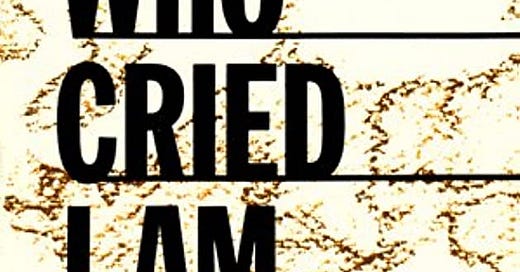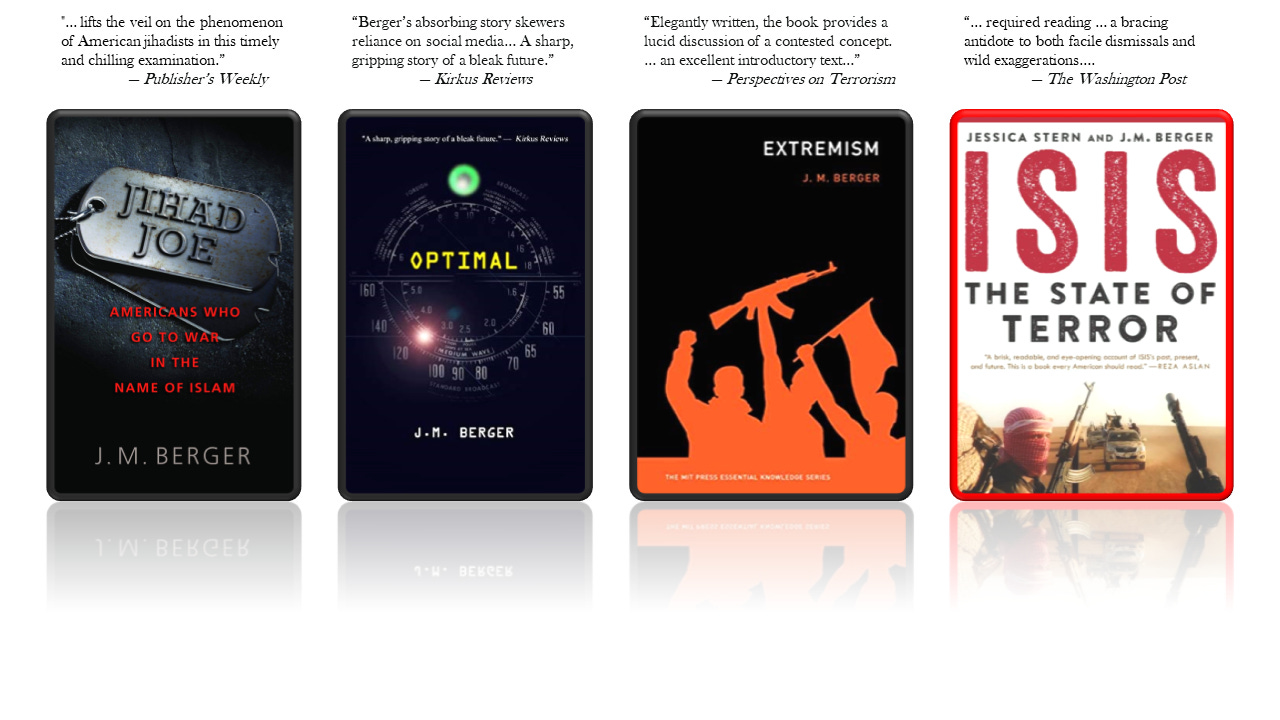Dystopia in the Civil Rights Era, Part 1
The 1960s ushered in a new era for Black dystopian authors
Previous articles on Black dystopian fiction:
Articles in the series, Dystopia in the Civil Rights Era:
Warren Miller was literary editor of progressive magazine The Nation. An acclaimed but obscure novelist, he was best known for The Cool World (1959), a first-person story about a Black teenager’s life in the rough streets of Harlem. The book was praised by his contemporary, groundbreaking African-American novelist James Baldwin, as “one of the finest novels about Harlem that has ever come my way.”
Miller had a gift for both dialect and empathy. “I could not be certain, when I had read his book, whether he was white or black,” Baldwin wrote.[i] He was White, as it turned out, but his 1964 novel, The Siege of Harlem, marked the start of a new wave of Black revolutions in modern fiction.
Miller was not the first White man to write an approving vision of future Black nationalist success—that distinction likely goes to Robert Sherman Tracy, a doctor who penned “The White Man’s Burden: A Satirical Forecast,” in 1915—so much ahead of its time that the publisher pulled it from shelves amid controversy over its depiction of a futuristic Black utopia and a White decline into barbarism.[ii]
Miller was more in sync with his time. Narrated from about a century in the future by a “veteran of First Day,” The Siege of Harlem tells the story of a Black revolution against the “Privilege People.” Lance Huggins, a former U.S. Congressman, issues a call for African-Americans to take over Harlem, having exhausted all legal and protest avenues to racial equality. The storytelling narrative follows an oral history style to describe a revolution that is tense but relatively bloodless (at least when measured against examples of the genre that would follow). The ultimate outcome is not dystopian, in the author’s view, but rather a utopian success.
The genteel secession imagined by Miller would quickly give way to much more violent visions, with Harlem often featured as Ground Zero for the revolution. From 1967 to 1969, both Black and White authors would publish a series of race war novels in close succession, describing a series of variations on a theme, some played broadly for entertainment, others deadly serious.
The Black Commandos, written under the pen name Julian Moreau, featured a protagonist akin to an African-American Batman, complete with a parent’s murder and a childhood vow of vengeance, here extended to enemies of his race rather than criminals. Like Batman, Dr. Denis Jackson—the author’s real name, giving the book a strange meta aspect—was dashing, brilliant and physically powerful. He recruits a secret team known as the National Secret Police of the Negro People of America, seeking to redirect the rage of the oppressed to its real enemy, the White establishment, using disciplined training and weird science. Like Batman, Jackson even has a sidekick—the two together are described in the text as the “dynamic duo.”
Jackson’s Black Commandos violently assail White supremacy both inside and outside of the establishment, killing KKK members and racist politicians alike, eventually escalating to bring full-out war to several American locations. The pulpy, comic book-inspired stylings of Jackson the author brought Jackson the character to life in a manner that was impactful for some Black readers, but which led some critics to treat it as a pop confection.[iii]
A more serious effort, John A. Williams’ best-selling The Man Who Cried I Am, debuted the same year; a horror-tinged story examining contemporary racism through a series of skillfully developed characters based on real figures from the civil rights movement. The book’s success, and its literary standing, stem from these accomplishments, but for many, its plot device proved memorable—the protagonist, a Black journalist, uncovers “The King Alfred Plan,” a CIA plot to incarcerate all African-Americans in concentration camps, in the event of a Black uprising. The plot point was too believable, and Williams’ guerilla marketing campaign—including leafleting subway cars in Manhattan with relevant excerpts from the book—convinced many people it was real.[iv]
In Williams’ next book, Sons of Darkness, Sons of Light (1969), African-Americans would leave behind victimhood and assert themselves. The novel follows a civil rights activist who, despairing of peaceful change, hires a hitman to kill a racist cop, setting into motion a series of cascading consequences, as a Black militant movement seizes the momentum to launch an organized national campaign of police assassinations.
1969 was a banner year for the fictional African-American revolution, with no less than six novels addressing Black nationalist violence or revolt in one form or another, including some by White authors.
To be continued…
[i] Book Review. Hartford Courant. Hartford, Connecticut. Sunday, August 23, 1964.
[ii] http://www.sf-encyclopedia.com/entry/hodge_t_shirby
[iii] Peavy, Charles D. "Pop Art and the Black Revolution: Julian Moreau's the Black Commandos." Journal of Popular Culture 3.2 (1969): 205.
[iv] https://web.archive.org/web/20160609184848/https://www.highbeam.com/doc/1G1-83553062.html; Cooke, Anthony C. "Black community, media, and intellectual paranoia-as-politics." Journal of Black Studies 42.4 (2011): 609-626.





